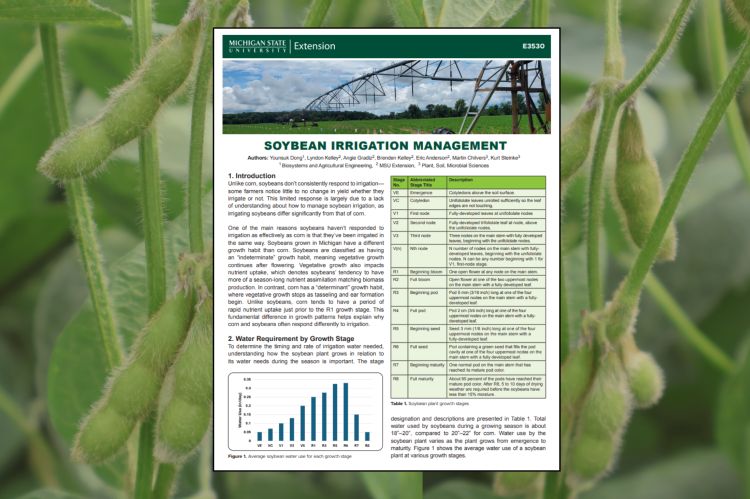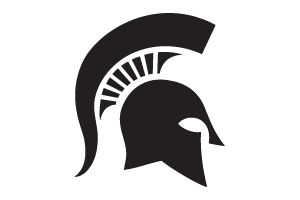Stop irrigating soybeans like corn and see the difference
A new Extension bulletin highlights how soybeans respond differently to water than corn and offers irrigation strategies to maximize yields.

Irrigated soybeans often show little to no difference in yield compared to non-irrigated fields. This is often due to a lack of understanding about how to properly manage soybean irrigation, as many irrigators assume it should be handled the same way as corn. However, soybeans have an indeterminate growth habit, unlike corn’s determinate growth, meaning their water needs and timing are different.
Soybeans, like all crops, require water differently depending on growth stage. On average, they need about 18-20 inches of total water throughout the season. Mismanaging irrigation, such as applying too little during critical stages can reduce yield potential.
The new Michigan State University Extension bulletin, “Soybean Irrigation Management,” highlights soybean water requirements by growth stage and provides practical irrigation scheduling strategies, including evapotranspiration-based and soil moisture-based approaches. The bulletin also covers plant disease considerations and agronomy recommendations for soybean production under irrigation.



 Print
Print Email
Email